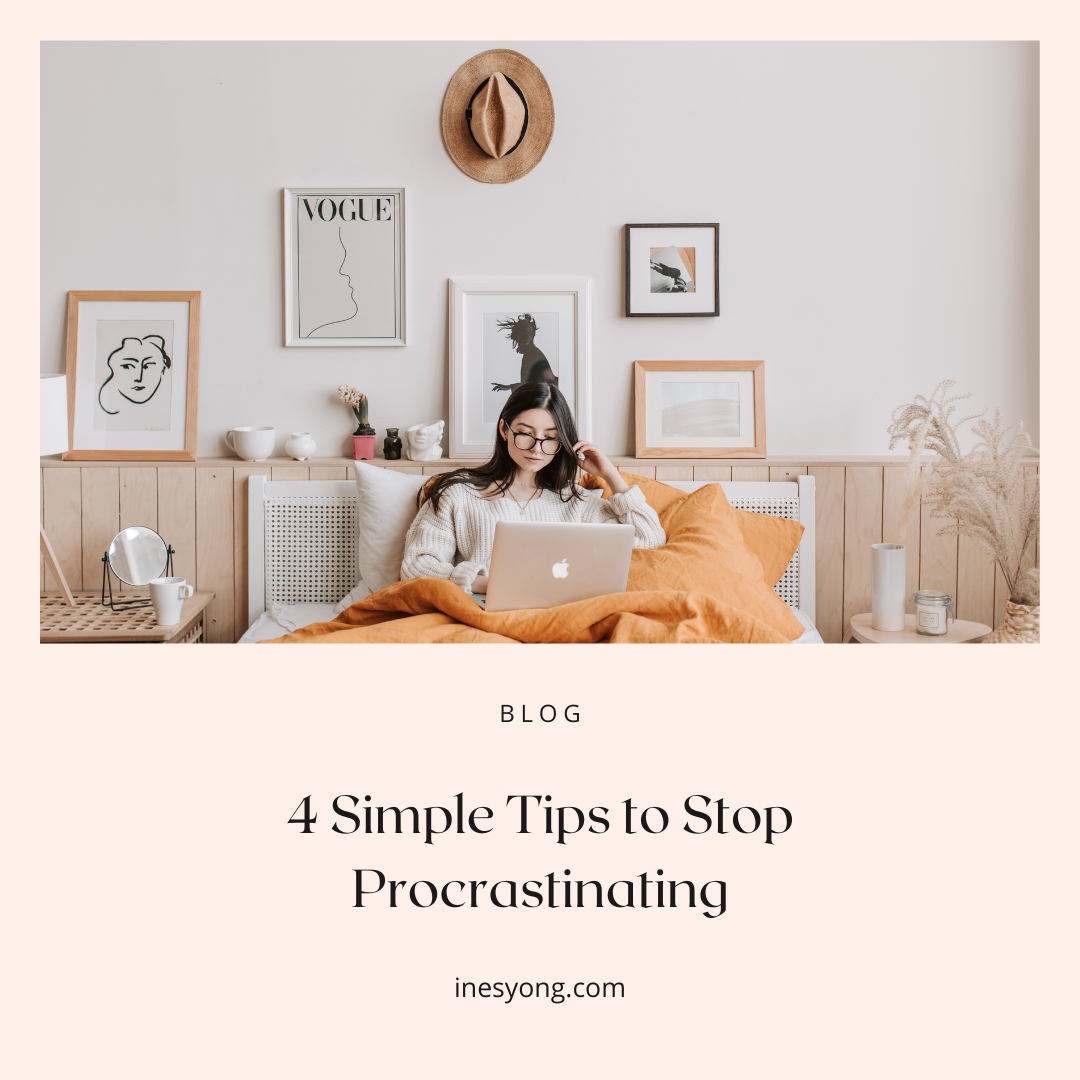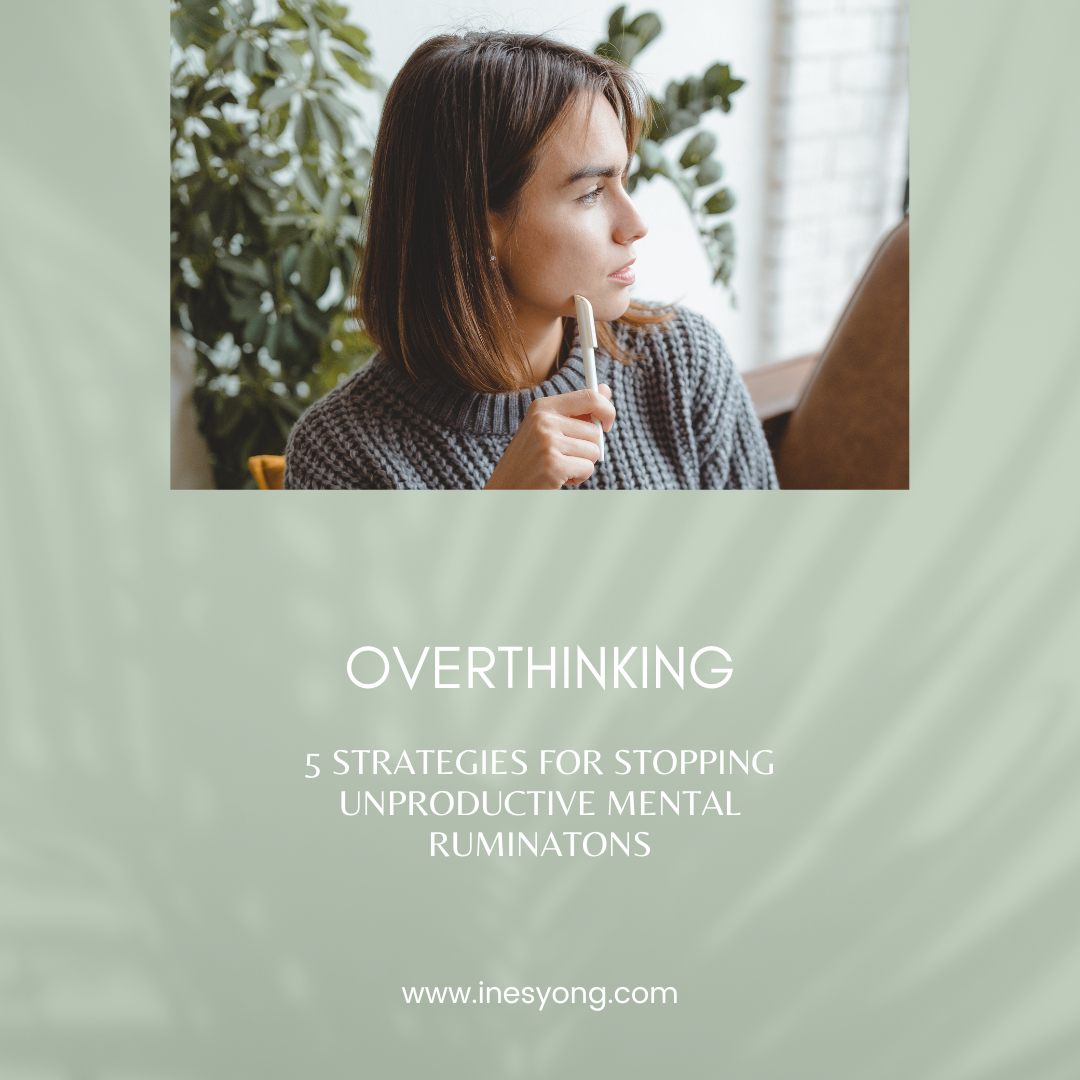
What is Sophrology?
Sophrology is a brief therapy invented by a neuropsychiatrist, Doctor Alfonso Caycedo, in the 1960s.
It is an essential tool for anyone who wants to discover better well-being in their daily life, desiring to work on their physical and mental capacities when encountering a disease or surgery, or develop their potential in life of better performance (sports, business, school).
By using controlled breathing and muscle contraction or relaxation exercises, you can relax, improve concentration, and become aware of your body. In a second phase, you proceed with stimulation exercises that let you experience optimistic projection and reconnect to your inner resources, abilities, and mental strength.
Sophrology primarily results in individuals working on their values and knowing themselves better. It is a very effective tool for maintaining confidence and hope. By better listening to your feelings, this discipline allows you to improve your daily life by taking a new look at your present and future.
Sophrology is not a medical treatment, although doctors in France widely prescribe it as a therapy alongside medicine or cure. It is more of a tool for personal development. It is commonly used by athletes and artists better to control their feelings of stage fright or “pressure”.
Sophrology is suitable for all, including children, adolescents, and seniors. A sophrology practitioner can adapt each exercise to each individual’s profile.
Through sophrology, we connect our inner world to our outer world using these 4 principles:
- The principle of positive action, which means that any positive action on just one part of the consciousness has a positive effect on the whole of its being. The repetition of positivity leads to the development of habits and values that reinforce a state of well-being.
- Our anatomy is the object of the practice of sophrology. In sophrology exercises, you can feel and perceive the capacity of the body through its form and movement.
- The principle of a logical and objective reality developed through personal training.
- The adaptability, which means that the sophrology practitioner must adapt the protocols to your very own version of reality.

The benefits of sophrology
On sleep
A practitioner can use sophrology to help people who have difficulty falling or staying asleep. It is effective when it is a symptom due to a stressful lifestyle or lousy bedtime habits.
The practice of sophrology can treat each of these disorders with relaxation and breathing exercises. In addition to these, a practitioner may also introduce “futurization” techniques that you can use to prepare for bedtime.
It is often necessary to work on the anxiety of going to bed, which is caused by repeated insomnia.
On stress
Sophrology helps you let go of your worries and better manage your emotions in situations that create stress. Gradually, you become better prepared to face important events. If you are a professional, sophrology helps you deal better in stressful conditions, such as work overload or pressure, loss of life purpose, and fear of organizational changes. Entrepreneurs and HR leaders can use it as a tool for improving teamwork and team cohesion.
During pregnancy
Sophrology can help future moms manage the final months of pregnancy and childbirth with more serenity and confidence.
Firstly, it helps you to better experience the physical changes and the associated unpleasant sensations. By using imagery and breathing techniques, you can positively anticipate the birth.
Through sophrology, you have the tools to be more relaxed and to manage pain better. You will be able to recover better between each contraction.
Adolescence
Adolescence is a period of transition often associated with:
- sleep difficulties
- lack of concentration
- strong emotions
- stress
- uneasiness
- lack of self-confidence
This phase is inevitable!
Sophrology can help teenagers approach this stage of life more serenely by accepting these physical and emotional changes. This self-acceptance, in turn, allows them to reinforce their self-confidence, increase their concentration power, better prepare for an exam, regulate their sleep, and accept and love their body.

Seniors
Sophrology can help you to better live your silver age by alleviating pain, improving sleep and memory and reducing the risks of depression. If you suffer from chronic pain, you can relax your body create better physical and mental well-being by doing daily practices. It is a very effective method for accepting changes on both appearance and internal energy fronts.
On pain

Hustle culture has been very much part of our lifestyle for the last decades, and people living their stressful lifestyle often complain about headaches, stomachaches and backaches. Pain is commonly the manifestation of a disruption in our internal system. And sometimes, it is our mind that warns us by ‘creating’ these pains to tell us “stop!” when we get overwhelmed by our environment (for example, stress at work). You can find a balance between your body and mind and live better with the pain using sophrology. The pain or discomfort will not disappear, or at least not vanish overnight, but it will become more bearable. This is the reason why many health professionals seek a sophrologist to provide accompanying therapy for their patients, particularly in the case of chronic pain.
How a sophrology session looks like
A session lasts between 60 to 90 minutes. No special clothing or equipment is needed. Come with your desire to do yourself good and no judgement for yourself or others.
There are most commonly individual sessions where the sophrologist creates a hyper-personalized protocol to achieve the objective you define together with your sophrologist.
The sophrologist first discusses with you in an individual session to understand your problems and needs and then adapt the session before proceeding with the program.
At the beginning of the session, the sophrologist employs the fundamental techniques to help you reconnect to your body and relax.
You will build up positivity in the rhythm of your abdominal breathing. Then you move on to the activation stage using positive visualizations or gentle movements.
Each exercise is followed by a short period of observation of the body, on the perceptions and sensations felt. A session always ends with a moment of exchange on the experiences perceived during the session.
Practising the exercises regularly, whether at home, in the office, while commuting or between appointments, is recommended. It is common for sophrologists to send audio files of the techniques so that they can continue with the self-paced practice.
What to do next
Sign up for my newsletter to get updates, free audio files of sophrology practices and invitations to events. I am preparing something exciting in the coming months!















